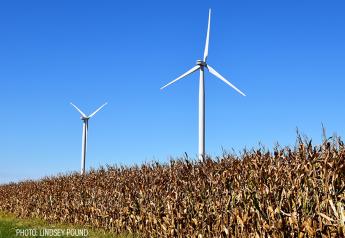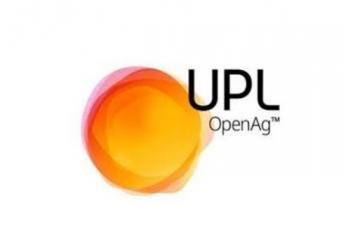USDA funding regional conservation partnership program

The United States Department of Agriculture is making available up to $260 million for partner proposals to improve the nation's water quality, combat drought, enhance soil health, support wildlife habitat and protect agricultural viability.
The funding is being made available through USDA Natural Resources Conservation Service's (NRCS) Regional Conservation Partnership Program (RCPP) and applicants must be able to match the federal award with private or local funds.
Created by the 2014 Farm Bill, RCPP investments of nearly $600 million have already driven 199 partner-led projects. The program leverages local leadership to establish partnerships that can include private companies, local and tribal governments, universities, non-profits and other non-government partners to work with farmers, ranchers and forest landowners on landscape- and watershed-scale conservation solutions that work best for their region. This will be the third round of funding through RCPP, helping USDA build on record enrollment in all voluntary conservation programs, with more than 500,000 producers participating to protect land and water on over 400 million acres nationwide.
"Across the country, locally-driven efforts are having a positive effect on conservation and production," said Vilsack. "RCPP serves as a valuable vehicle for matching federal investment and private capital to advance natural resource conservation and support agricultural production. Partners in the 84 new high-impact projects we announced in February are matching USDA funding more than two-to-one for a combined investment of over $720 million."
"We recognize the growing interest in leveraging private capital markets to foster impact investments in conservation, sustainable agriculture and forestry," said Vilsack. "For this new round, we hope to see even more applications that support the development of environmental markets and conservation finance projects."
One of the 2016 high-impact projects announced in February 2016, the Midwest Agriculture Water Quality Partnership, brings together the Iowa Department of Agriculture and Land Stewardship and around 40 other public and private partners to advance a science-based, non-regulatory approach for reducing nutrient loss and improving water quality, soil health and habitat for at-risk species. Partners in this project are matching NRCS funding four-to-one for a total investment of about $47.5 million in priority watersheds in Iowa, Illinois and Nebraska.
Partners in Delaware and Maryland are using an RCPP project to accelerate the installation of best management practices that enable farmers to meet the nutrient and sediment water quality goals in the Chesapeake Bay watershed.
The NRCS investment here is being matched by 15 partners to deliver a $10 million impact in this critical watershed.
Projects from the first round of investment are already showing results. In New Mexico, an RCPP partnership between the Interstate Stream Commission and an acequia—a local communal irrigation system—has addressed long-standing infrastructure failures to significantly reduce water needs by improving irrigation efficiency. In Oregon, removal of encroaching juniper was part of the West-wide private lands conservation effort that helped obviate the need to list the Greater sage-grouse on the endangered species list.
USDA is now accepting proposals for Fiscal Year 2017 RCPP funding. Pre-proposals are due May 10. For more information on applying, visit the RCPP website.
Since 2009, USDA has invested more than $29 billion to help producers make conservation improvements, working with as many as 500,000 farmers, ranchers and landowners to protect over 400 million acres nationwide, boosting soil and air quality, cleaning and conserving water and enhancing wildlife habitat. For an interactive look at USDA's work in conservation and forestry over the course of this Administration, visit







